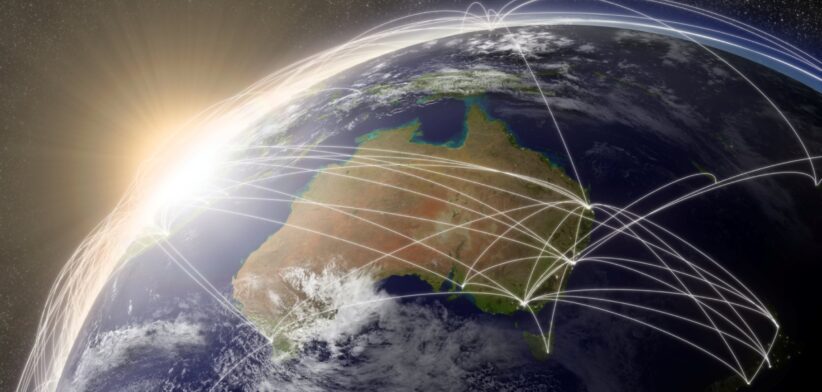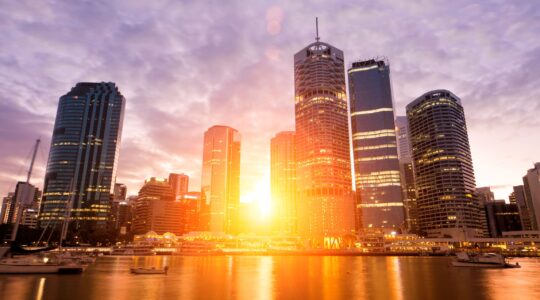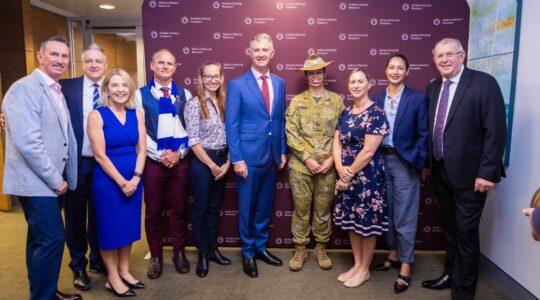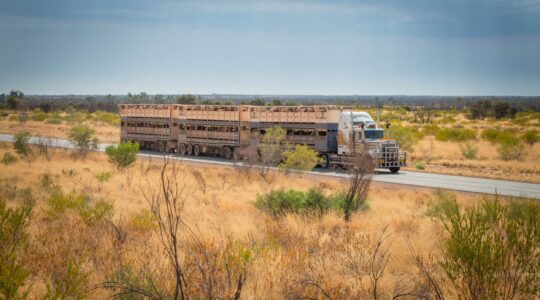An Australian trial of a new flight route mapping process, which has already saved thousands of tonnes of carbon emissions is being expanded.
Airservices Australia Chief Executive Officer Rob Sharp said the expansion of its Asia-Pacific trial of cross boundary user-preferred routes (UPR) built on the success of the first phase.
Mr Sharp said UPR was shown to deliver shorter travel times, fuel savings and carbon emissions reductions for participating airlines.
He said the initial 11-month trial saw Airservices collaborate with the national air navigation service providers (ANSPs) of Indonesia, Singapore and New Zealand, as well as airlines Qantas, Air New Zealand, Garuda Indonesia and Singapore Airlines, to implement UPR on 38 different scheduled routes between Australian/New Zealand and Indonesian/Singaporean airspace.
“From July 1, the trial now includes two new ANSPs – Fiji Airports and NiuSky Pacific (Papua New Guinea) – to realise the benefits of flexible routing through greater use of expanded airspace.
“In addition, three new carriers have joined the trial – Cathay Pacific, Jetstar and Fiji Airways.”
Mr Sharp said this would allow for more city pairs to be utilised on an expanded UPR trial of 70 different scheduled flights per day.
“Qantas is also increasing the number of routes on which it flies UPR from 15 to 19.”
He said UPR, under which airlines could specify their own flight path based on weather conditions, was already used in Australian-managed airspace over the Pacific and Indian oceans and across large areas of upper airspace across Australia.
“By taking advantage of tailwinds and avoiding headwinds, pilots can reduce flying time and thus the amount of fuel used by the aircraft.”
Mr Sharp said prior to the regional trial, the use of UPR on international routes had been limited due to the complexity of coordinating routes across international airspace boundaries and with airspace managed by different ANSPs.
“Now, participating airlines have reported significant fuel-cost benefits from the UPR trial, with one carrier recording close to a 2000kg saving on a single Hong Kong-Sydney flight.”
He said in the first five months of the UPR trial, three airlines recorded 614,966kg total fuel savings and 1,394,134kg total carbon emissions savings.
“This trial contributed to total carbon emission savings from UPR in Australian-managed airspace of 4,231 metric tonnes in May 2025, up 37 percent when compared to the same month in 2024.”








